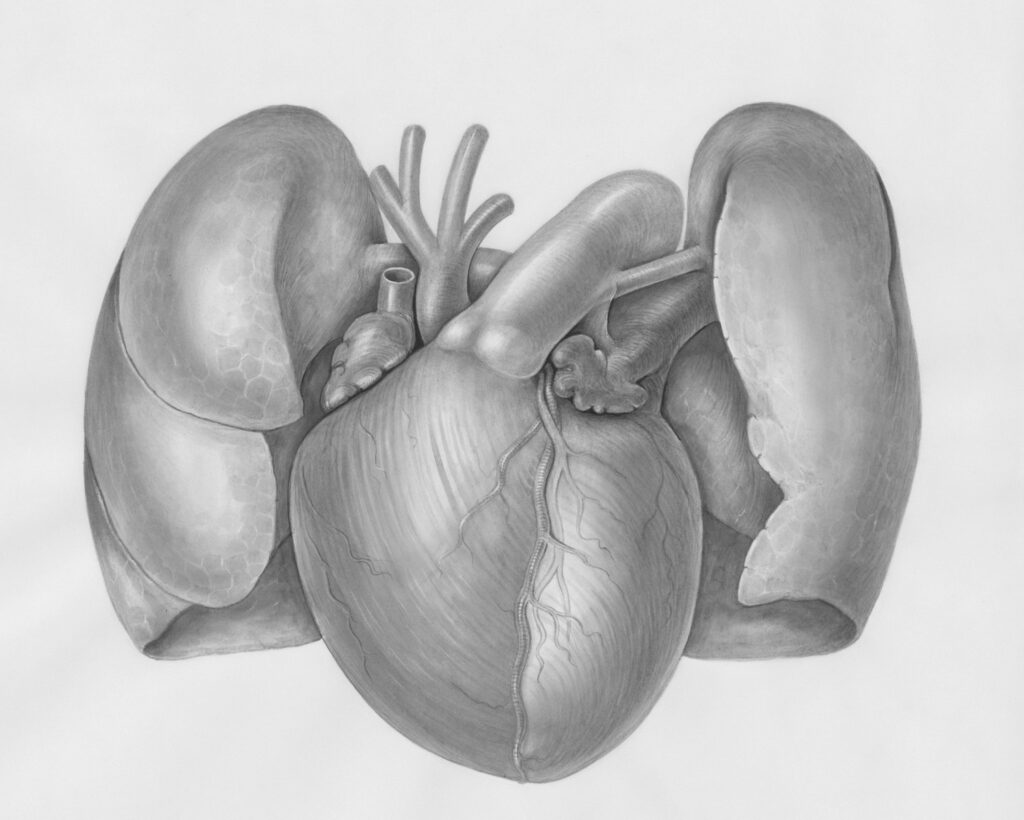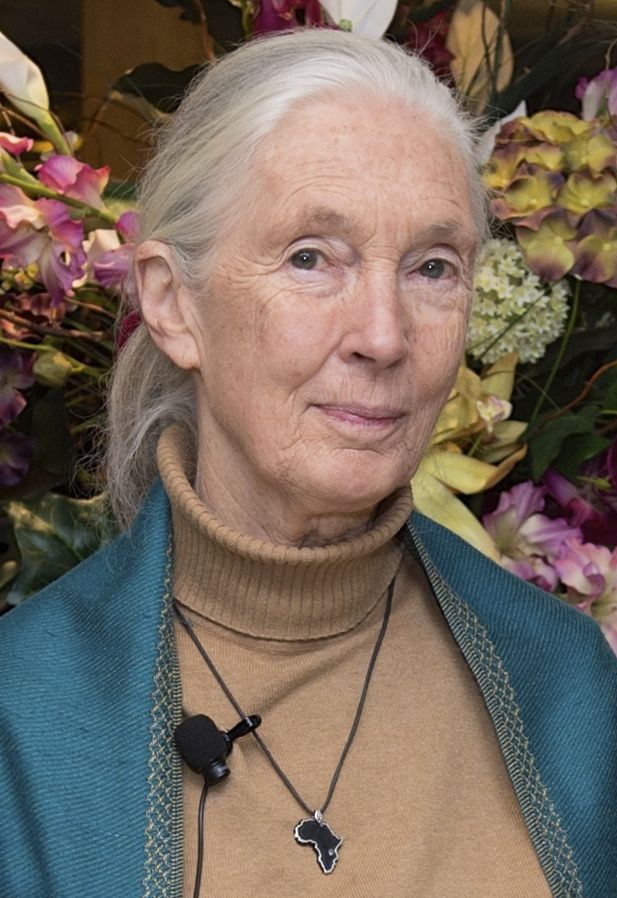
The news of Jane Goodall’s passing on October 1st at the age of 91 marked the conclusion of an extraordinary life dedicated to understanding and protecting the natural world. Her death, initially reported by the Jane Goodall Institute as due to “natural causes,” later saw more specific details emerge from her death certificate, offering a clearer picture of the final moments of a woman whose work fundamentally reshaped our perception of chimpanzees and indeed, humanity itself. This revelation prompted a wave of reflection on her remarkable journey, from a pioneering researcher in the Gombe forests to a tireless global advocate for environmental conservation. Her departure concluded a significant chapter in environmental advocacy that inspired countless scientists and activists worldwide.
Goodall’s profound contributions spanned decades, beginning with her groundbreaking research in Gombe National Park, Tanzania, which fundamentally altered the world’s understanding of primate behavior. She forged new connections between conservation, animal welfare, and global activism, leaving an indelible mark on science and society. Even in her later years, she maintained an incredibly active schedule, traveling nearly 300 days a year for public speeches, demonstrating an unwavering commitment to her cause right up until her death while on a speaking tour in California.
Her legacy is not merely one of scientific discovery but also of profound humanitarianism and an inspiring call to action for protecting our planet. As the world mourns the loss of this iconic figure, understanding the details surrounding her death, alongside celebrating the monumental impact of her life, becomes crucial. This article delves into the specifics of her passing and the immediate aftermath, offering a comprehensive look at the end of an era while setting the stage to explore the broader tapestry of her enduring influence.
1. **The Official Cause: Cardiopulmonary Arrest**Reports have now definitively emerged regarding the specific medical cause of Jane Goodall’s death. According to her death certificate, obtained by TMZ and later cited by various news outlets, the renowned primatologist died of cardiopulmonary arrest. This medical term, also referred to as cardiac arrest, signifies a sudden cessation of the heart’s pumping function, leading to a loss of consciousness and, if untreated, death within minutes. The Jane Goodall Institute had initially issued a statement indicating she died “due to natural causes,” a broader classification that has now been refined by the details from official records.
The revelation of cardiopulmonary arrest provides a precise medical explanation for her passing. The County of Los Angeles Department of Public Health issued the certificate, confirming the cause. This information offers clarity for those around the world who were touched by her work and life, allowing for a more complete understanding of the circumstances surrounding the death of a figure who had been a vibrant presence on the global stage for so long. The immediate reports of her death, while sorrowful, had left some questions regarding the specific health event, which this official documentation now addresses.
Understanding the specific cause of death helps contextualize the immediate shock felt by many. Cardiopulmonary arrest is a critical and often sudden event, underscoring the swiftness with which her life concluded despite her advanced age. It highlights the unpredictable nature of such medical occurrences, even in individuals who remain highly active and engaged, as Goodall was until her final days. The confirmation of this cause brings a definitive medical conclusion to the public’s understanding of her death.

2. **The Role of Epilepsy as a Listed Condition**Beyond the primary cause of cardiopulmonary arrest, Jane Goodall’s death certificate also listed epilepsy as a condition. However, the precise role this played in her death has been presented with some nuance across various reports. Some initial reports indicated that epilepsy “was not identified as a contributing factor” to her cardiopulmonary arrest. This suggests that while it was a known health condition, it was not directly responsible for the heart stopping.
Conversely, other reports, specifically from a California coroner as cited by the New York Post, stated that Goodall “also suffered from epilepsy, a contributing factor.” This presents a slight discrepancy in how the information from the death certificate was interpreted or reported across different sources. Regardless of its direct causal link, the presence of epilepsy as a listed condition on the official document provides a fuller picture of Goodall’s health profile in her later years. It acknowledges a chronic health issue she managed.
This distinction is important for accuracy and a comprehensive understanding of her medical history. Whether a direct contributing factor or merely a noted condition, its inclusion on the death certificate indicates it was part of her overall health status. The differing reports highlight the complexities sometimes involved in medical reporting and the interpretation of official documents, but the consistent mention of epilepsy confirms it was a relevant, though perhaps not primary, aspect of her health at the time of her passing.
Read more about: Decoding the Danger: 9 Alarming Health Effects of Energy Drinks You Can’t Afford to Ignore
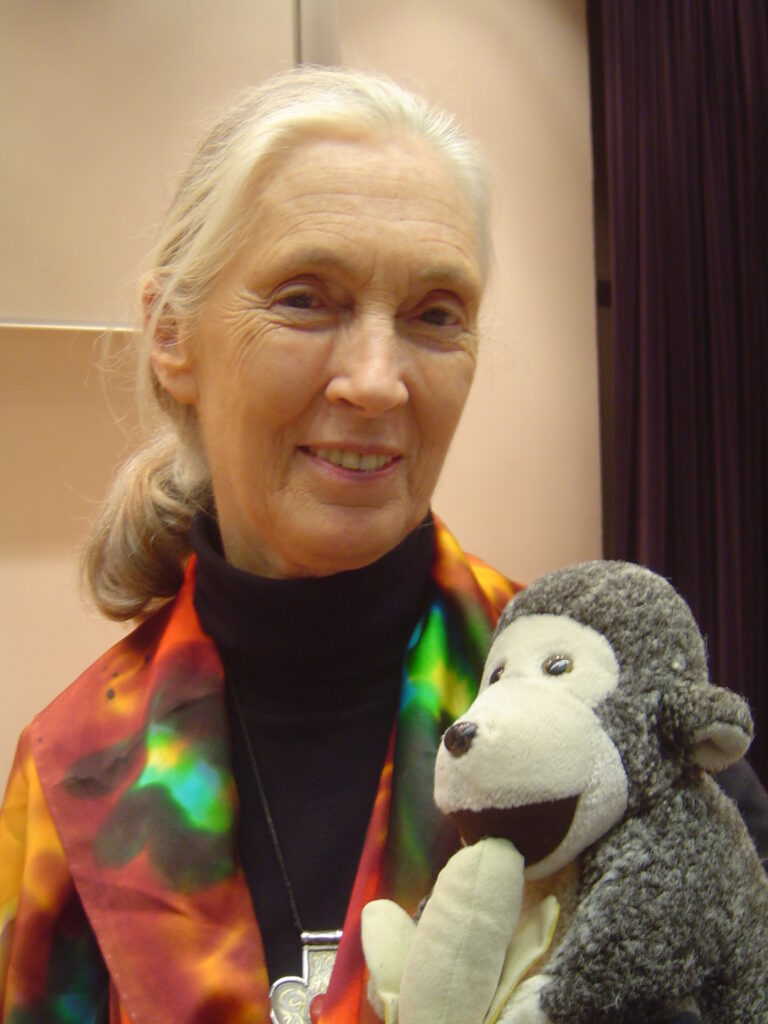
3. **Final Days and Immediate Circumstances of Passing**Jane Goodall passed away on October 1st in California, while she was actively engaged in a U.S. speaking tour. Her commitment to her mission was evident right up to the end; on the very day she died, she was scheduled to meet with students and teachers. The purpose of this planned event was to launch the planting of 5,000 trees around wildfire burn zones in the Los Angeles area, a testament to her ongoing dedication to environmental restoration and youth engagement.
Organizers learned of her death as the event was about to commence at EF Academy in Pasadena. This timing underscores the tragic abruptness of her passing, cutting short a planned act of environmental stewardship. In a poignant tribute, the first tree at the event was planted in Goodall’s name after a moment of silence, a symbolic gesture honoring her lifelong work and immediate intentions. This detail reveals her tireless energy and unwavering focus on her advocacy even at 91 years old.
Her being on a speaking tour emphasizes her continued global presence and influence. She traveled nearly 300 days a year, even after turning 90, for public speeches, making her passing while still actively engaged in her passion particularly impactful. The fact that she died “in her sleep” from cardiopulmonary arrest, as reported by a California coroner, adds a gentle, yet sudden, dimension to the end of a life lived with such profound purpose and constant movement.
Read more about: Game Changers: 13 Simple Sports Rules That Were Radically Different Just Over a Decade Ago
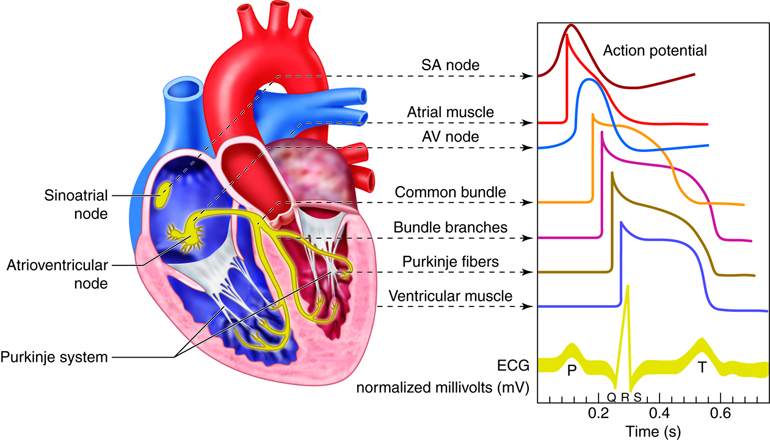
4. **Understanding Cardiopulmonary Arrest vs. Heart Attack**The medical clarity provided by the death certificate—listing cardiopulmonary arrest as the cause of death—highlights an important distinction in cardiac events. Cardiopulmonary arrest, or cardiac arrest, occurs when an electrical issue causes the heart to suddenly stop beating effectively. This leads to the person becoming unconscious and can result in death within minutes due to the cessation of blood flow to the brain and other vital organs. Symptoms preceding it can include heart palpitations, chest pain, nausea, shortness of breath, dizziness, and weakness, though it can also strike without warning.
It is crucial to differentiate cardiac arrest from a heart attack, which is medically known as a myocardial infarction. A heart attack, as explained by the American Heart Association, occurs when a coronary artery becomes blocked, cutting off the blood supply to a part of the heart muscle and causing injury. While a heart attack can sometimes trigger cardiac arrest, they are distinct events with different underlying mechanisms. One is an electrical problem (cardiac arrest), and the other is a circulation problem (heart attack).
Certain groups face a higher risk of cardiopulmonary arrest, including older people, males, and individuals with cardiovascular risk factors such as high cholesterol, high blood pressure, and diabetes. Additionally, those who are obese, inactive, have a smoking habit, or possess congenital heart defects, structural heart problems, or a history of coronary artery disease or heart failure are also at increased risk. This medical clarification helps readers understand the specific nature of the event that led to Goodall’s passing.
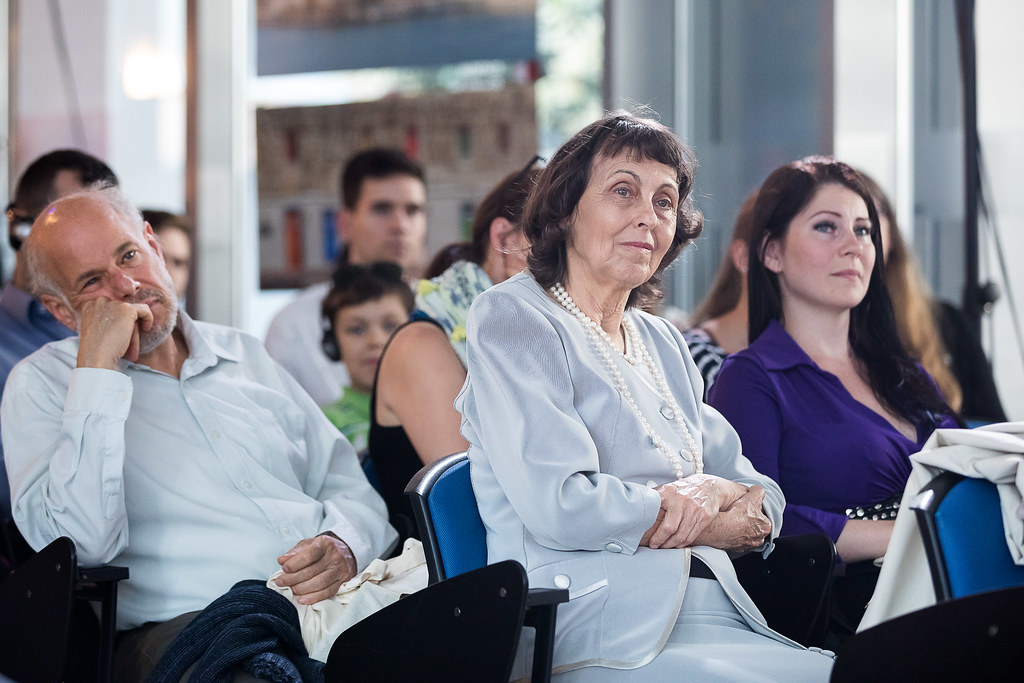
5. **Early Tributes from Global Leaders and Celebrities**The news of Jane Goodall’s death triggered an immediate outpouring of tributes from across the globe, reflecting the immense respect and admiration she commanded. Political figures, celebrities, and fellow activists shared their grief and appreciation for her unparalleled contributions. Former President Joe Biden, speaking on X, expressed profound sadness, stating that Goodall’s “activism, vision, and message of hope mobilized a global movement to protect the planet.” He highlighted her teaching that “when we search for humanity in the natural world around us, we discover it within ourselves,” extending his family’s love to the Goodall family.
Hollywood actor and environmental advocate Leonardo DiCaprio hailed Goodall as “a true hero for the planet, an inspiration to millions, and a dear friend” in an Instagram post. He recognized her tireless energy in traveling the world, “awakening generations to the wonder of the natural world” and instilling hope and responsibility in the next generation. PETA founder Ingrid Newkirk lauded Goodall as “a gifted scientist and trailblazer who forever changed the way we view our fellow animals” in a statement.
Further tributes came from international figures and cultural icons. United Nations Secretary-General António Guterres shared on Instagram his deep sadness, acknowledging her “extraordinary legacy for humanity and our planet” and her “lifelong environmental protection efforts.” Actress Jane Fonda, also on Instagram, expressed a broken heart, noting that Goodall “did more than any human being has, to let us understand the richness of animal lives.” Even artist Ellie Goulding credited Goodall with transforming her environmentalism into a lifelong mission, emphasizing that “when we fail to protect nature, we fail to protect ourselves.” These early sentiments underscored her broad impact and the universal respect she commanded.
Read more about: Beyond the Limelight: How 14 Celebrity Moguls Master Private Equity and Hedge Funds

6. **Revolutionizing Primatology: The Gombe Discoveries**Jane Goodall’s legendary career began in 1960 when, at the age of 26, she ventured to Tanzania to study chimpanzees in Gombe National Park. Her unconventional and immersive approach to field research revolutionized the scientific understanding of primates. Rather than observing from a distance, she immersed herself “in their habitat and their lives to experience their complex society as a neighbor rather than a distant observer.” This method allowed her to gain insights that were previously unimaginable, helping to “transform how the world perceived these animals.” She came to understand them “not only as a species, but also as individuals with emotions and long-term bonds.”
One of her most profound discoveries, made in 1960, was that chimpanzees could not only use but also make tools. The Jane Goodall Institute would later call this “one of the greatest achievements of twentieth-century scholarship,” challenging the long-held belief that tool-making was an exclusive characteristic of humans. Her observations documented chimpanzees engaging in activities previously believed to be unique to human beings, fundamentally altering the scientific definition of humanity itself. This discovery bridged a critical gap between human and animal behavior, demonstrating the remarkable intelligence and adaptability of chimpanzees.
Goodall’s research also revealed that chimpanzees display many human-like behaviors, possess complex communication systems, and, significantly, have individual personalities. This nuanced understanding debunked the prevailing view of animals as mere automatons, instead portraying them as sentient beings with rich emotional lives and social structures. Her appearances in magazines and documentaries in the 1960s, including a prominent feature on the cover of National Geographic in 1963, brought these groundbreaking findings to a global audience, making her and even some of the chimpanzees famous, exemplified by iconic images like her interaction with the infant chimpanzee named Flint. Her work set a new standard for primatology and ethology.

7. **The Jane Goodall Institute: A Foundation for Conservation**In 1977, Jane Goodall founded the Jane Goodall Institute (JGI), an organization that would grow to become a prominent conservation NGO with a global reach. The institute was established to continue and expand upon the critical work she had begun in Gombe, focusing on “the protection and restoration of our natural world.” Its establishment marked a crucial step in formalizing her widespread efforts in wildlife conservation and scientific discovery, transitioning from individual field research to a structured, institutionalized approach to advocacy.
Upon her death, the Jane Goodall Institute issued a statement that not only confirmed her passing but also underscored her monumental impact. They stated, “Dr. Goodall’s discoveries as an ethologist revolutionized science, and she was a tireless advocate for the protection and restoration of our natural world.” This statement encapsulates the dual pillars of JGI’s mission: advancing scientific understanding through ethological research and actively championing environmental protection and animal welfare. The institute became the vehicle through which her vision could be perpetuated and scaled, inspiring generations beyond her direct fieldwork.
Since its inception, the JGI has played a vital role in linking conservation efforts with broader animal welfare concerns and global activism. It serves as a tangible manifestation of Goodall’s commitment to making a tangible difference in the world. The institute’s ongoing work ensures that her legacy of compassionate science and dedicated advocacy continues to thrive, impacting communities and ecosystems worldwide. It stands as a testament to her foresight in creating an enduring platform for environmental action and education, extending her influence far beyond the forests of Gombe.
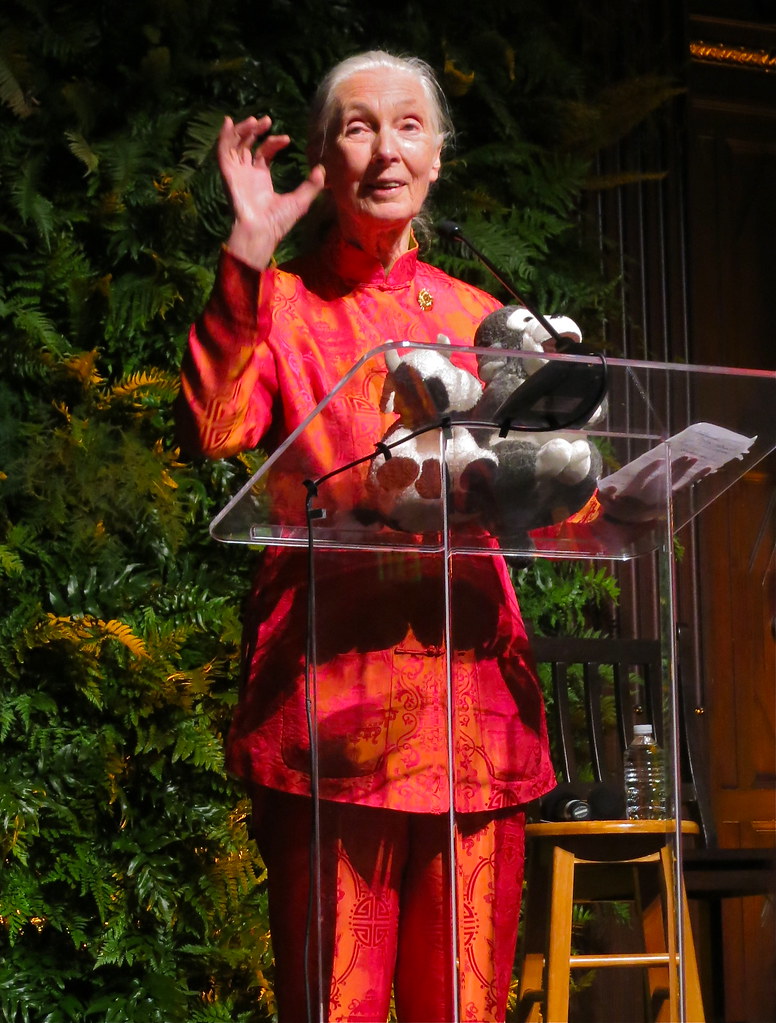
8. **Extensive Advocacy Beyond Gombe**In her later years, Dr. Jane Goodall’s focus broadened considerably from her pioneering field research at Gombe to encompass extensive global advocacy. This shift transformed her into a tireless spokesperson for humanitarian causes and the protection of the natural world, a commitment she upheld with remarkable vigor even into her nineties. Her dedication manifested in an incredibly demanding travel schedule, where she would travel nearly 300 days a year for public speeches.
This sustained global engagement allowed Dr. Goodall to reach vast audiences, sharing her insights and inspiring action on a scale far beyond her direct scientific observations. Her speeches often conveyed a message of hope and individual responsibility, emphasizing the interconnectedness of all life. This phase of her career cemented her role as not merely a scientist but a profound global environmental educator and activist.
Her relentless travel and public appearances demonstrated an unwavering commitment to her cause, right up until her death while on a speaking tour in California. This enduring activism underscores how her personal experiences in Gombe evolved into a comprehensive philosophy of conservation and compassion, advocating for animal welfare and environmental restoration across continents and cultures. Her capacity to mobilize a global movement for planetary protection was a hallmark of her later life.
Read more about: A Legacy Remembered: Honoring the Lives of Notable Celebrities and Influential Figures We Lost in October 2025
9. **The Roots & Shoots Program**A cornerstone of Dr. Goodall’s expanded advocacy efforts was the establishment of the Roots & Shoots program in 1991. This initiative was conceived as a global youth movement, designed to empower young people to become active participants in environmental conservation and humanitarian endeavors within their communities. It embodies Dr. Goodall’s belief in the power of individual action and the potential of future generations to create positive change.
The program’s philosophy is rooted in simple yet powerful principles: fostering understanding and compassion for all living things, promoting environmental stewardship, and encouraging community service. By engaging students from primary school through university, Roots & Shoots provides a platform for young people to identify and address environmental and social issues pertinent to their local environments, cultivating a sense of global citizenship and responsibility.
Through its network, Roots & Shoots projects around the world address a diverse range of challenges, from planting trees and conserving wildlife to supporting disadvantaged communities and promoting interspecies empathy. It acts as a tangible pathway for Dr. Goodall’s vision to translate into practical action, ensuring her message of hope and collective impact resonates with and empowers younger generations to make a meaningful difference.
Read more about: The Unseen Architects: 12 Pivotal Innovations That Forever Changed the Landscape of Film Production

10. **Her Unique Immersive Research Philosophy**Dr. Goodall’s initial journey to Tanzania in 1960 marked the beginning of a methodological revolution in primatology, characterized by a deeply immersive research philosophy. Unlike conventional scientific approaches that often favored detached observation, she chose to integrate herself into the chimpanzees’ habitat and lives. This unorthodox method allowed her to experience their complex society not as a remote observer but “as a neighbor.”
This unique approach transcended traditional scientific distance, enabling Dr. Goodall to forge an unprecedented understanding of chimpanzee behavior. By immersing herself and patiently building trust, she could observe nuances of their social structures, emotional expressions, and individual personalities that more formal, less engaged methods might have overlooked. Her methodology itself became as groundbreaking as her discoveries, emphasizing empathy and prolonged, direct engagement.
Her philosophy underscored the importance of recognizing animals as sentient beings with unique characteristics and deep emotional lives, rather than viewing them merely as subjects of scientific study. This perspective challenged prevailing scientific paradigms and paved the way for a more holistic and compassionate understanding of animal intelligence and behavior. It demonstrated that profound scientific insights could emerge from a blend of rigorous observation and respectful, sustained immersion.
Read more about: Unlocking the Past: 14 Indispensable History Books Curated by Leading University Professors
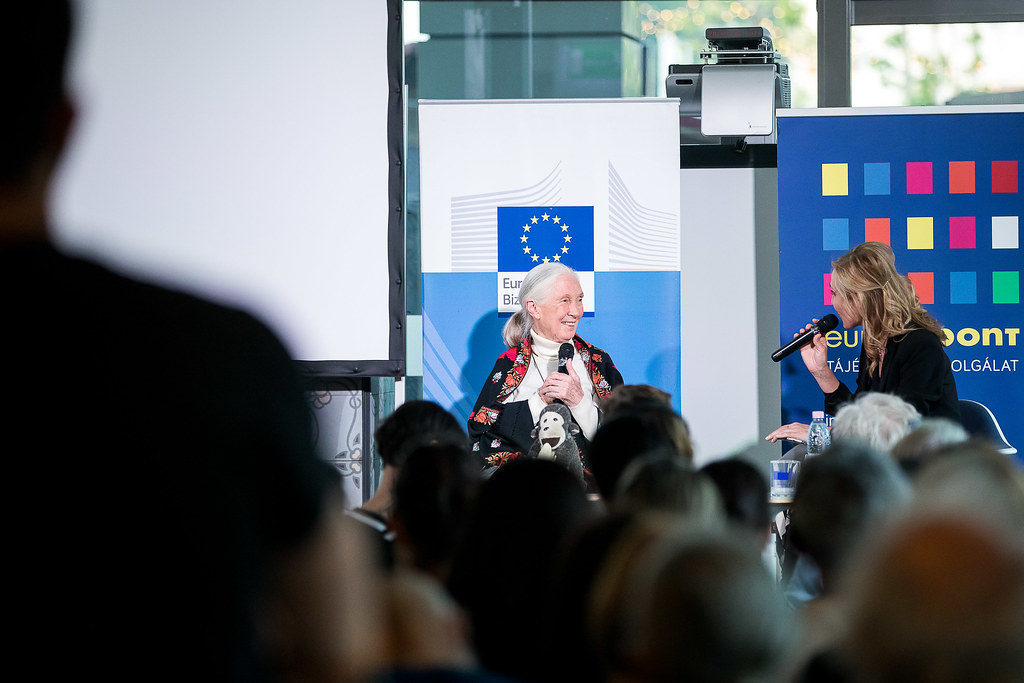
11. **Numerous Prestigious Awards and Recognitions**Throughout her distinguished career, Dr. Jane Goodall garnered an extensive array of awards and recognitions from institutions worldwide, underscoring the universal admiration for her scientific contributions and humanitarian efforts. These accolades reflect the profound impact she had on both the scientific community and global consciousness. Each award marked a significant moment in the public acknowledgment of her pioneering work.
Among these prestigious honors, Dr. Goodall was named a United Nations Messenger of Peace in 2020, a testament to her role as a global advocate for harmony between humanity and the natural world. The following year, she was awarded the Templeton Prize, which celebrates individuals whose “lifelong commitment to the integration of science and spirit” makes them exemplary figures. This prize acknowledged her profound insights into the spiritual dimensions of nature and human existence.
Most recently, at the beginning of 2025, former President Joe Biden bestowed upon her the Presidential Medal of Freedom, the nation’s highest civilian honor. This recognition further solidified her standing as an international icon whose contributions to conservation, ethology, and global advocacy have left an indelible mark. These awards collectively highlight her multifaceted legacy, celebrating her as both a scientific trailblazer and an inspirational humanitarian.
Read more about: John Searle, Philosopher Who Wrestled With A.I. and the Nature of Mind, Dies at 9
Dr. Goodall’s extraordinary life and work offer a powerful testament to the impact one individual can have on global consciousness. From the intimate observations of Gombe to a tireless global advocacy, her legacy is a vibrant call to action, reminding us that every creature, every ecosystem, and every human heart holds a vital piece of the planet’s future. Her profound insights and unwavering dedication will undoubtedly continue to guide and inspire those who strive for a more compassionate and sustainable world for generations to come.

